News Archive
Images from Alice Springs
These are some of the images that I've managed to find over the internet about the ongoing campaign in Central Australia
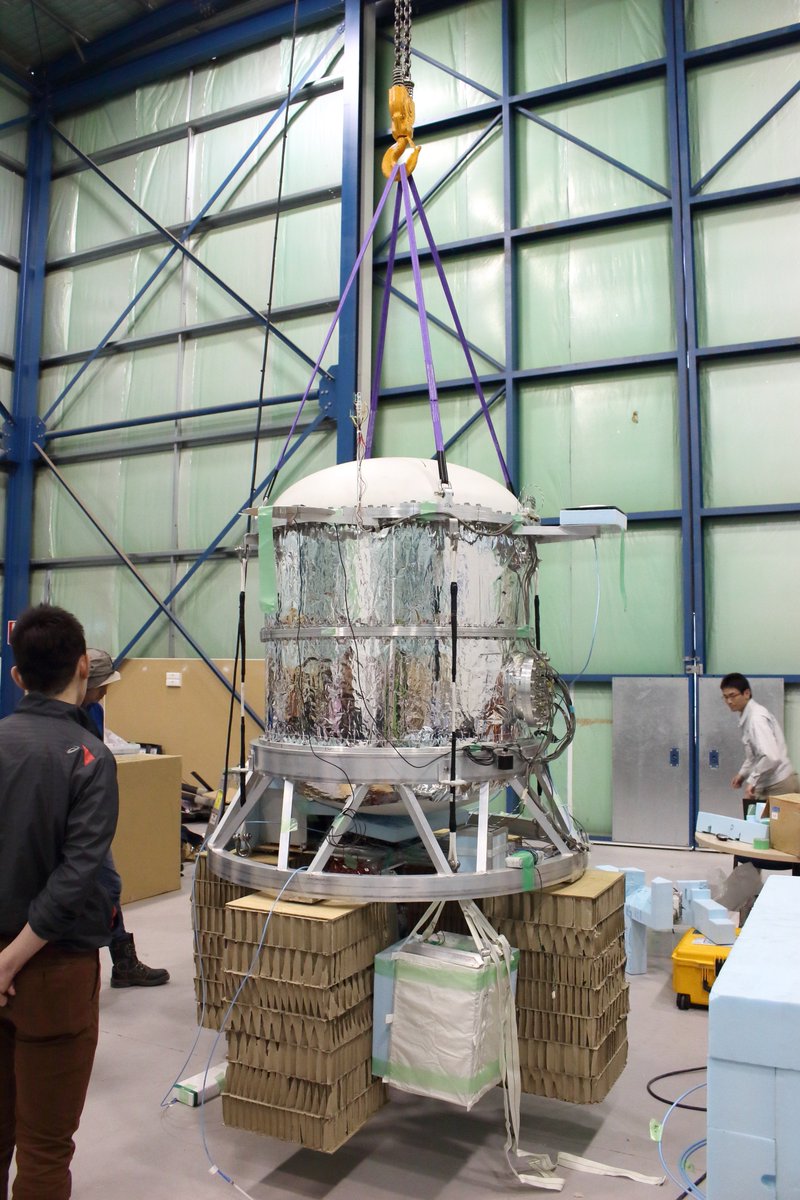
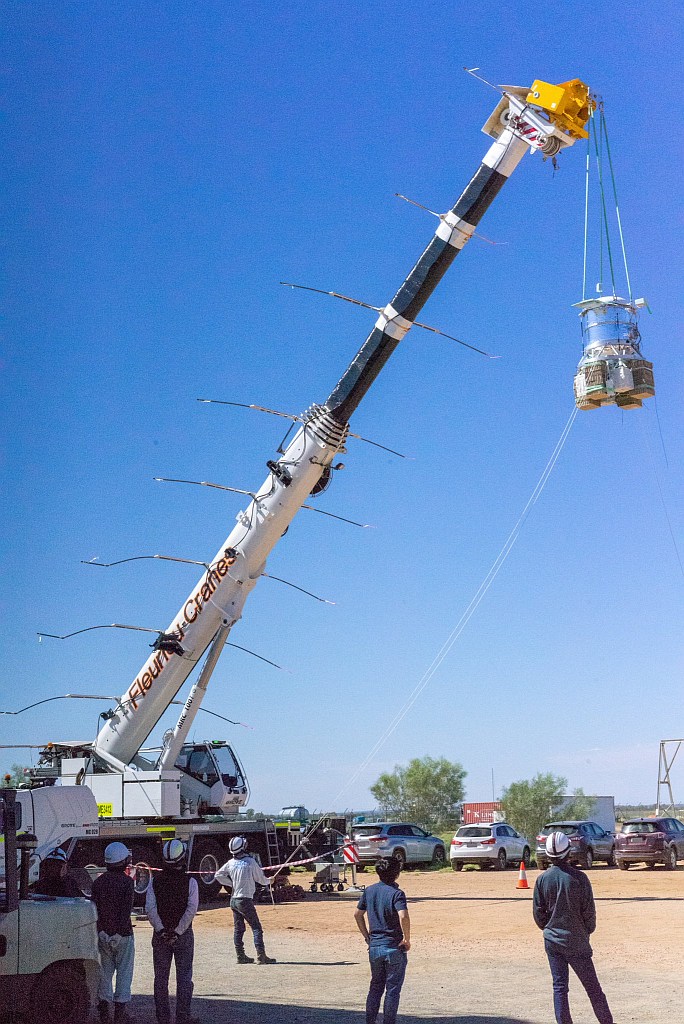
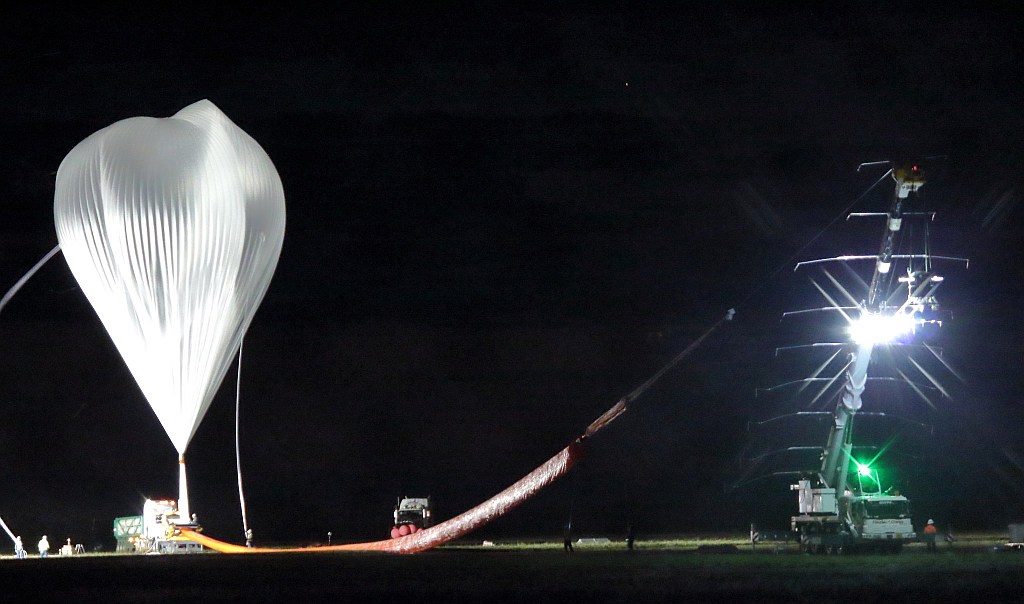
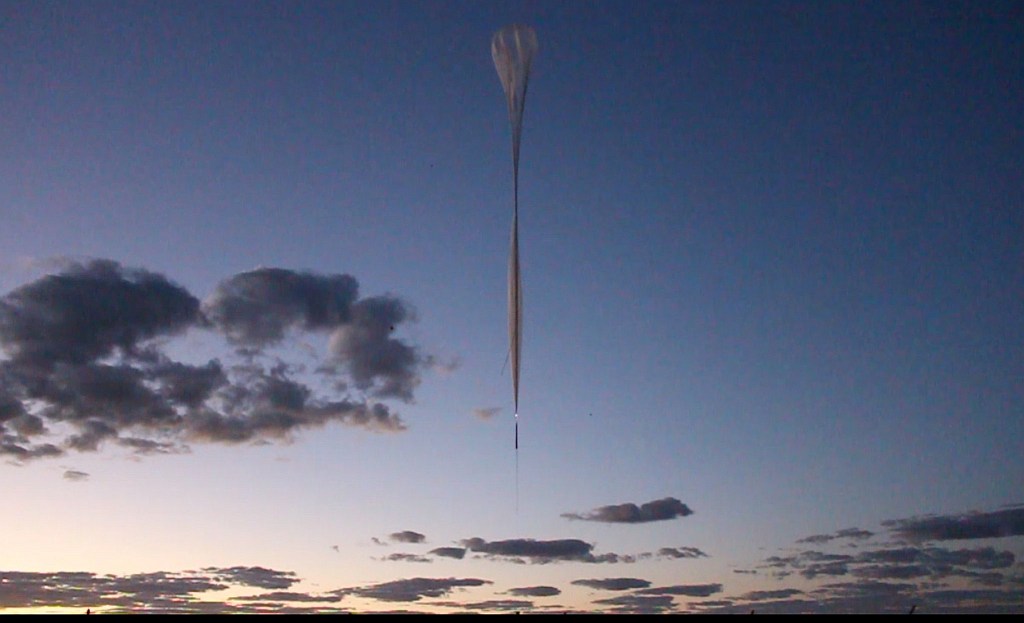
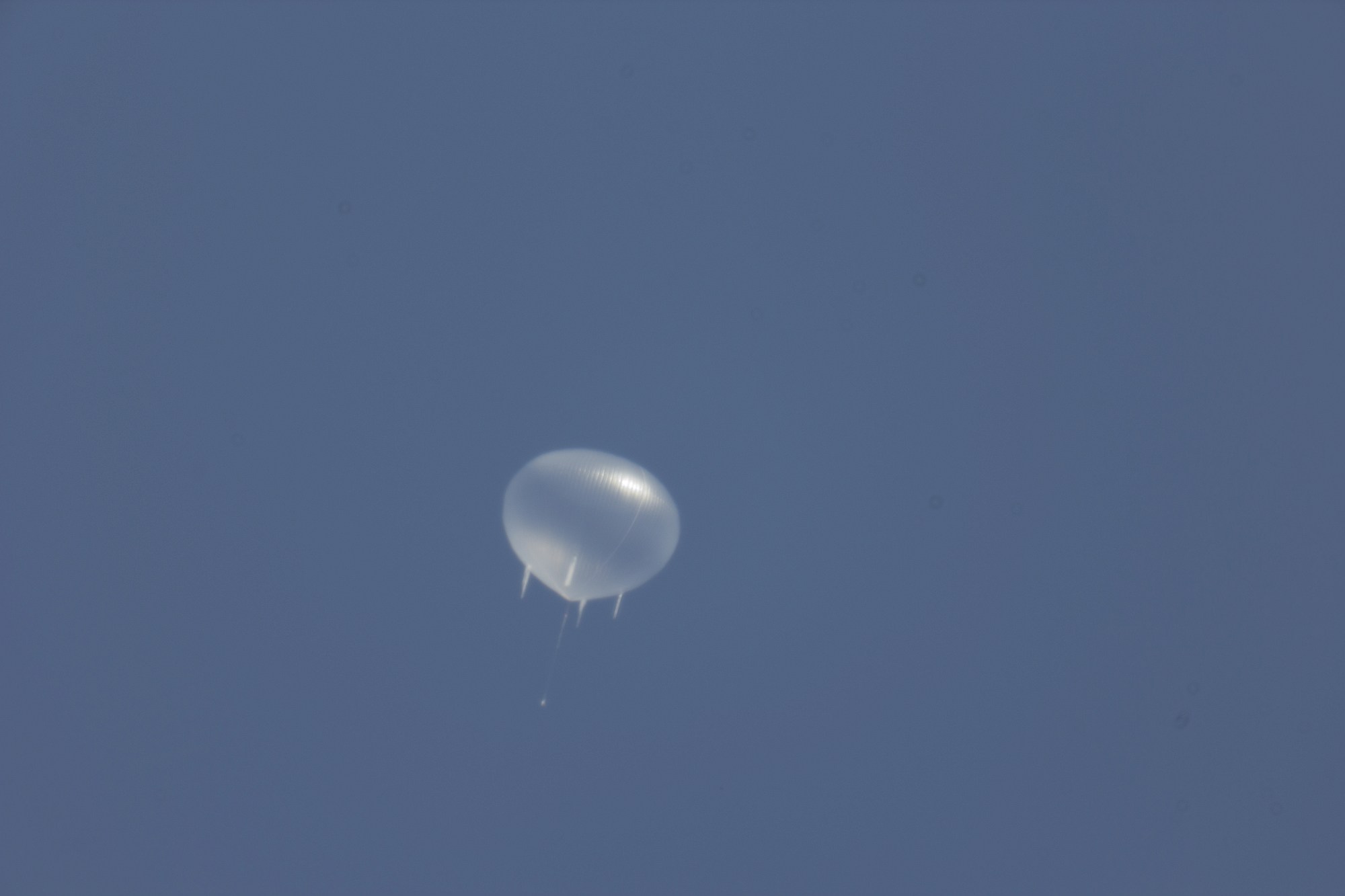
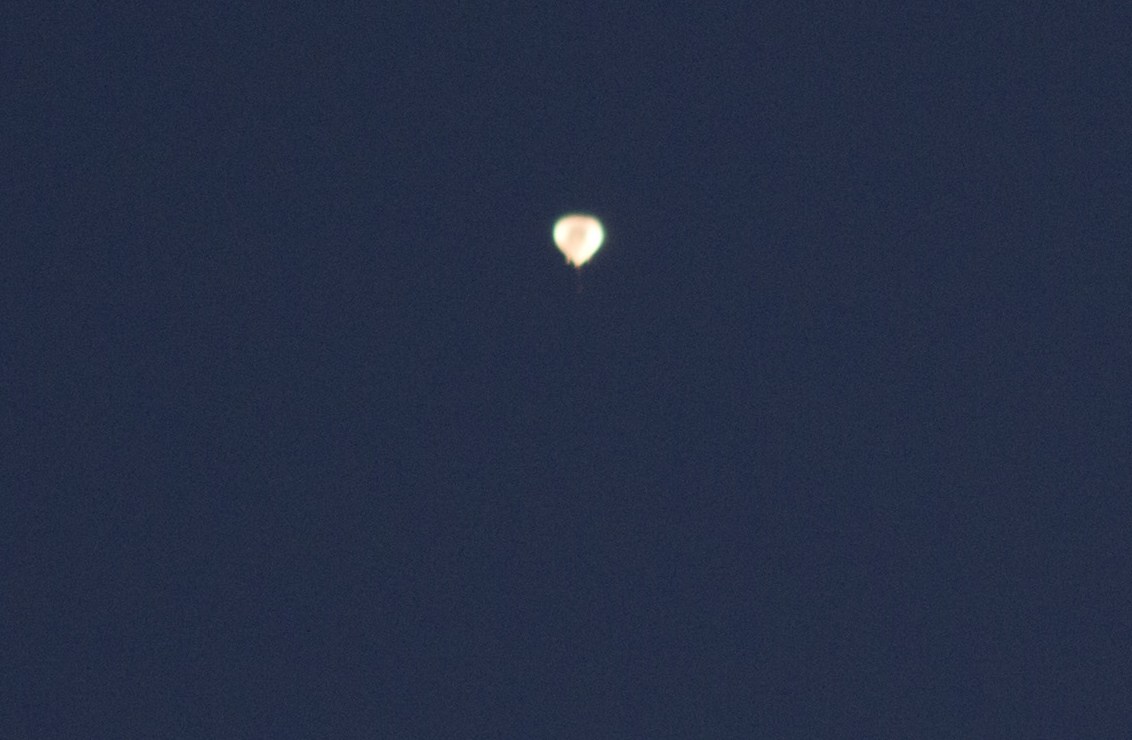
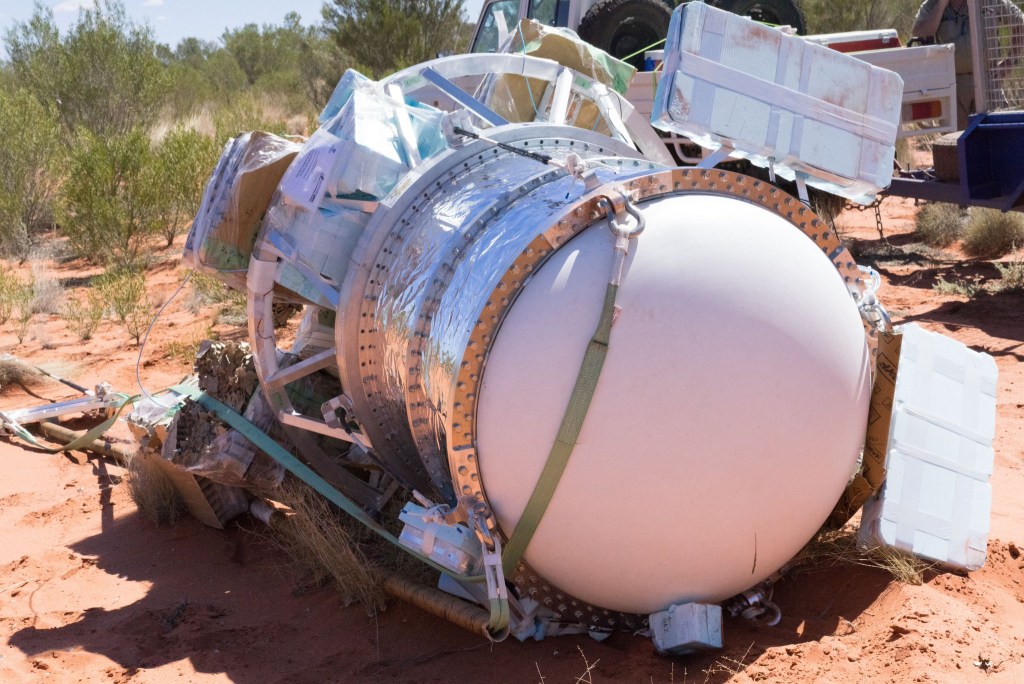
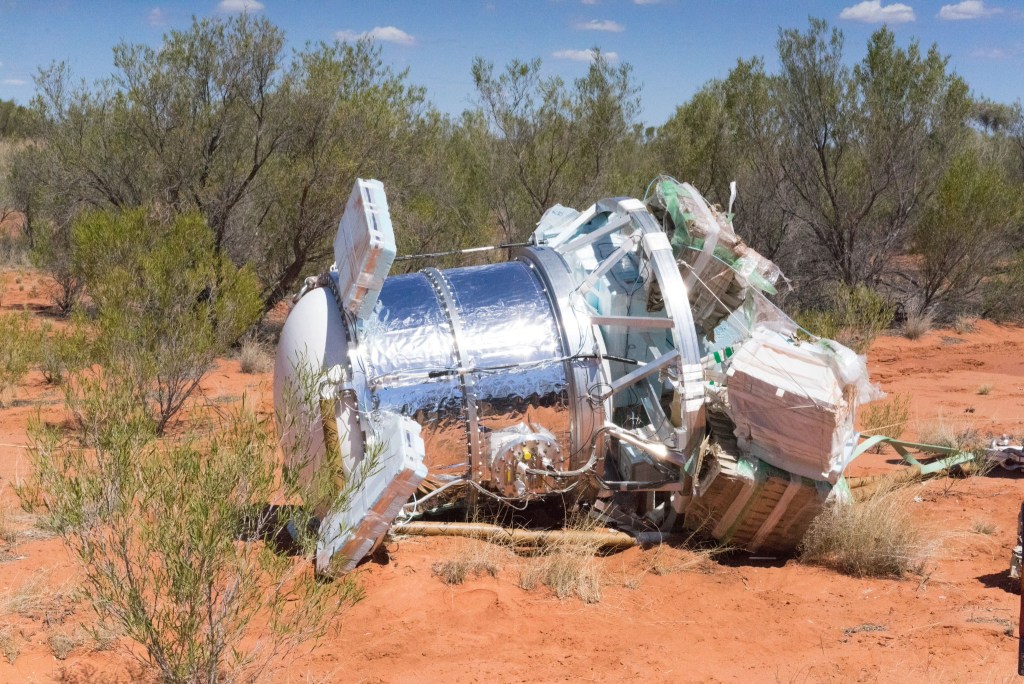
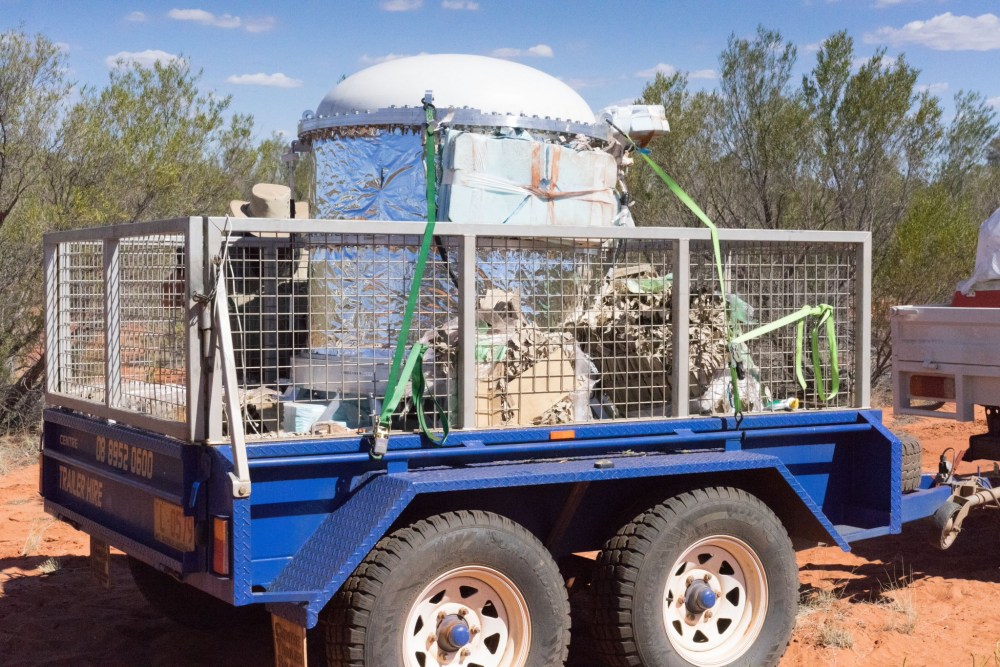
-
April 20 2018
Japanese balloon launch campaign in Australia
Alice Springs, Australia.- Dozens of surprised inhabitants of Alice Springs and sourroundings watched during part of the day on April 7, the slow drift in the clean autumn skies of a very brilliant star, wondering what it was. Many of them knew what it was. It was not of extraterretrial origin, however, its mission was in some manner related to the deep realms of space.
The silver orb that mesmerized the ocasional sighters was in fact a huge stratospheric balloon launched early in the morning that day from the Alice Springs Airport, located a few miles south from city's downtown. The flight was the first of three that the Japan Aerospace Exploration Agency (JAXA) will perform there in collaboration with the Commonwealth Scientific and Industrial Research Organisation (CSIRO).
Below these lines we can see the balloon being inflated at dawn, in the area of the airport known as Seven Mile were are located the balloon facilities.
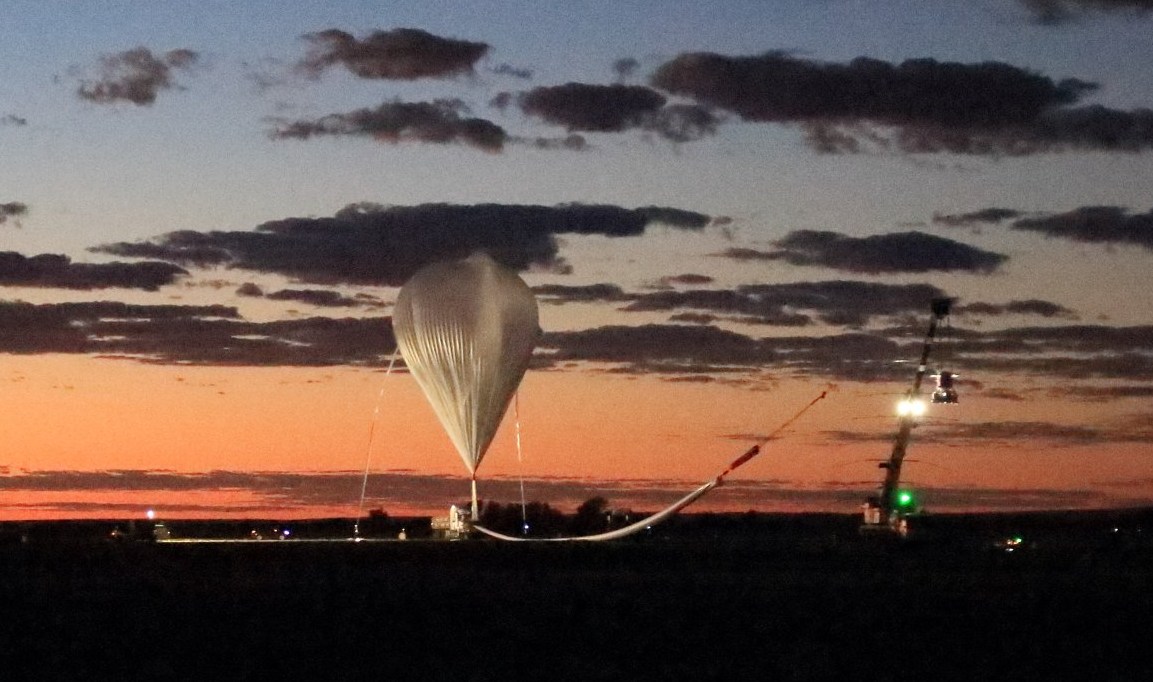
The balloon -a model B-500 with a volume of 500.000 cubic meters and manufactured by Fujikura Parachute Co. Ltd. of Japan- was launched as mission B18-02 at 6:24 AM local time and ascended to the planned flight altitude of 39.6 km in 2 hours and 20 minutes, to maintain a levelled flight at that height during the rest of the day.
As the wind was light at altitude the balloon was visible from the vicinity of Alice Springs allowing some impressive images to be obtained. As an example, the fantastic and detailed image below was sent to me by David McDonald who captured it from Alice Springs using a Canon T3i digital camera coupled to a Skywatcher 2700 mm Cassegrain-Maksutov telescope.
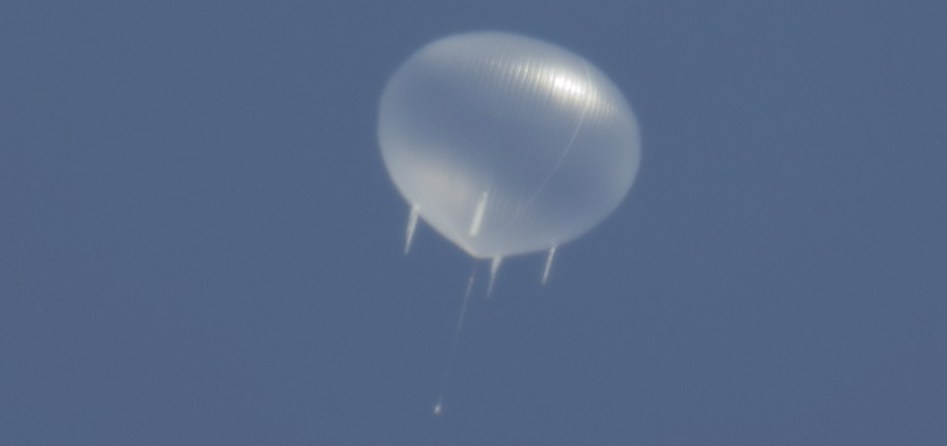
The balloon continued its lonely drifting and after 26 hours aloft, at 11:07 local time on Sunday April 8 a command was sent that made the payload to dettach from the balloon to descent in parachute to a landing point which was located 190 km south-southeast of Alice Springs. Next day, the payload was located by the rescue team and returned to Alice Springs practically undamaged as we can see in the images at left. By the time I'm writing this, the strange looking artifact is packed and boxed ready to return to Japan at the end of the campaign.
The shiny cilinder on the pictures is the pressurized container on which was located a gamma ray experiment called SMILE-2+ (Sub-MeV/MeV gamma-ray Imaging Loaded-on-balloon Experiment) that was developed at the Department of Physics of the Kyoto University, in Japan.
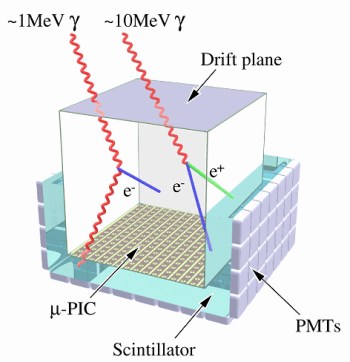
Simply speaking SMILE-2+ is a Compton telescope, that is a kind of gamma-ray detector which utilizes Compton scattering to determine the origin of the observed gamma rays. The novelty of the design proposed by the Kyoto University team resides in the Electron-Tracking Compton Camera (ETCC) formed by a gaseous tracker and a position sensitive scintillation camera which permits to reconstruct the energy and momentum of the incident gamma ray photon by photon. Another advantage of the ETCC is that it has strong background rejection, which is a common problem of Compton detectors observing the lower wavelengths of the Gamma Ray spectrum (between 0.1 and 30 MeV).
An earlier version of the experiment was succesfully tested in a stratospheric balloon flight over Japan in 2006.
More information can be obtained visiting the home page of the project, at the Kyoto University website.
Why Australia?
The Australian Balloon Launch Station (a NASA-owned installation that CSIRO manages on their behalf) was choosen by JAXA mainly by two factors: a big open unpopulated terrain that allows the development of multi-day missions without much constrains and the possibility of observing celestial sources not available from sites located in the northern hemisphere.
The launch operations of the campaign are in charge of JAXA under the coordination of Mr. Tetsuya Yoshida. The agency transported from Japan several containers of equipment including launch devices for holding down the balloon at launch (spool) and a special fitting for the crane used as launch vehicle.
The deployment included the installation of a downrange relay station in the Longreach airport to allow continuous high-speed data and command link with the balloon/payload system even after it disappeared below the horizon. Under these lines can be seen a picture of it.
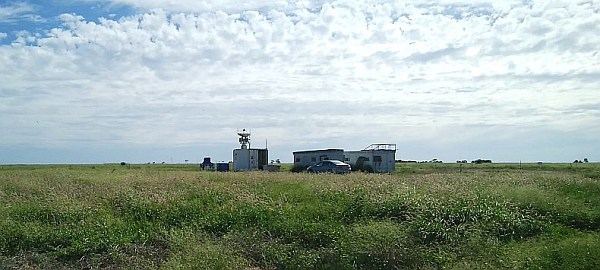
As I've mentioned before, the SMILE-2+ flight is the first of three balloon missions to be performed.
The second instrument to be launched is GRAINE (Gamma-ray Astro-Imager with Nuclear Emulsion) a gamma ray balloon-borne telescope that uses nuclear emulsions to determine incident gamma-ray angle measuring electron positron tracks. The objective of GRAINE is to make precise observations of gamma-ray sources especially on the galactic plane by repeating long-duration flights. In May 2015, JAXA launched a down-sized version of the instrument from Alice Springs, in order to demonstrate the overall imaging performance. The instrument is a development of the Kobe University along with Nagoya University, ISAS/JAXA, Aichi University of Education and Okayama University of Science.
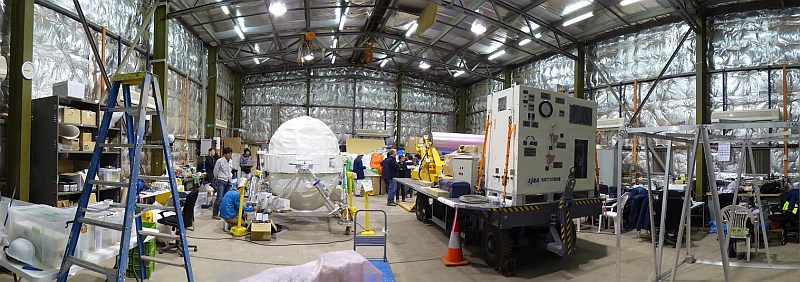
The third and last experiment to be flown denominated FITE (Far-Infrared Interferometric Telescope Experiment) is a development of the Infrared Astronomy Group of the Osaka University, along with Nagoya University and JAXA. The goal of the instrument is to achieve observations in the Infrared with high spatial resolution of 1 arcsecond at the wavelength of 100 micrometers. FITE is composed by a Michelson stellar interferometer, and is able to realize a long base line beyond the size of the collecting mirror by using four plane mirrors.
The first balloon flight was scheduled for December 2010 from the balloon base of INPE in Cachoeira Paulista, Brazil, but was finally cancelled due to technical issues and persisting bad weather.
Stay tuned to StratoCat for more information on the campaign.
(Many thanks to Tetsuya Yoshida, David McDonald and the people of the SMILE-2+ team that shared pictures from the campaign on its twitter account (@SMILE2P_ETCC).)
-
Share this on social media


